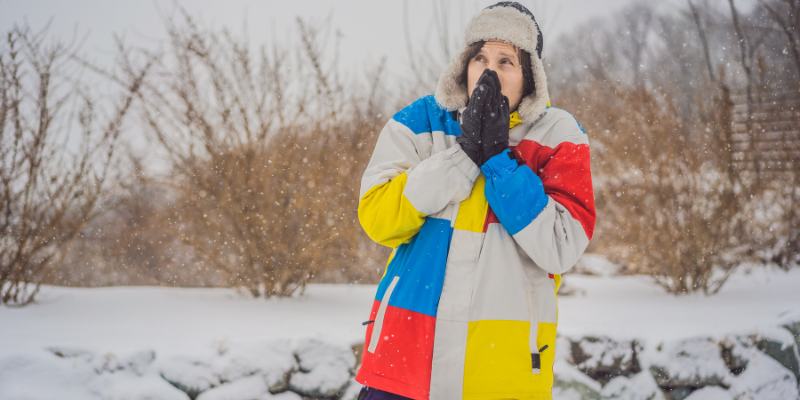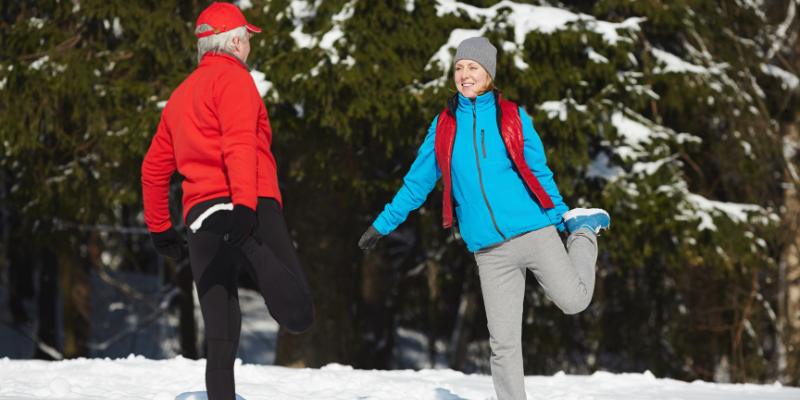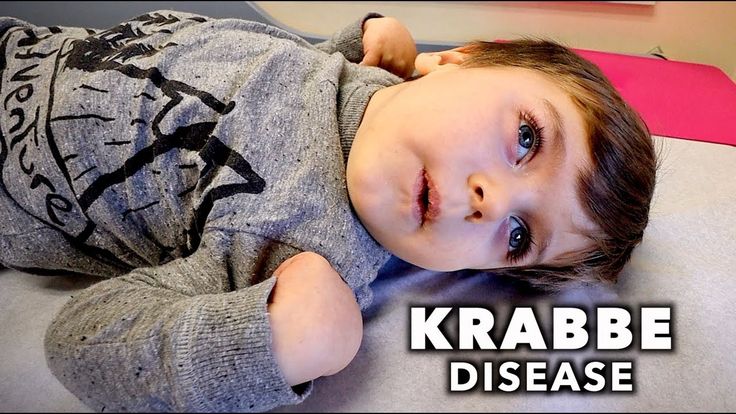Hypothermia: Symptoms, Causes, and Steps to Prevent It
Hypothermia is a dangerous and potentially life-threatening condition that occurs when the body's core temperature drops below 95°F (35°C). It can develop rapidly in cold environments, especially if a person is exposed to wet and windy conditions.
Understanding the symptoms, causes, and preventive measures is essential for avoiding the risks associated with hypothermia. This article will provide a complete guide on recognizing the signs of hypothermia, its underlying causes, and practical steps to prevent this condition.
What Is Hypothermia?
Hypothermia is a medical emergency that occurs when the body loses heat faster than it can produce, resulting in a dangerous drop in temperature. The body is designed to maintain a normal internal temperature of around 98.6°F (37°C), and when this drops significantly, the body struggles to function correctly. If untreated, hypothermia can lead to serious complications like organ failure, unconsciousness, and even death.
Hypothermia affects people of all ages, but certain groups, such as infants, older adults, and individuals with chronic medical conditions, are more vulnerable. Recognizing this condition early and addressing it promptly is crucial to preventing long-term health issues or fatalities.
Causes of Hypothermia:
Several factors contribute to the development of hypothermia. Understanding these causes can help you take necessary precautions when exposed to cold environments.
- Cold Weather Exposure:
The most common cause of hypothermia is prolonged exposure to cold temperatures, significantly below 50°F (10°C). People who spend extended periods outdoors in winter conditions, such as hikers, campers, or people working in cold environments, are at an increased risk. Prolonged exposure drains the body's energy reserves, making maintaining a safe core temperature harder.
- Wet Conditions:
Wet clothing and skin lose heat much faster than dry clothing, contributing significantly to hypothermia. Being caught in the rain or submerged in cold water can cause your body temperature to drop rapidly. Even sweating in cold weather can lead to wet clothing, increasing heat loss.
- Wind:
Wind accelerates the body's cooling by increasing the heat loss rate, even in relatively mild temperatures. The windchill effect can make it feel much colder than the actual air temperature, causing hypothermia to develop quickly without adequate protection.
- Inadequate Clothing:
Wearing improper clothing, such as thin or wet layers, leaves the body vulnerable to cold temperatures. Layering clothes for cold weather, such as insulated jackets, gloves, and hats, helps retain body heat. Materials like wool and synthetic fabrics are better for cold conditions than cotton, which retains moisture.
- Fatigue and Poor Nutrition:
Fatigue or insufficient food intake reduces the body's ability to generate heat. Being tired or malnourished can make it more difficult for the body to respond effectively to cold temperatures. Consuming high-calorie foods and staying hydrated can help maintain body warmth and energy.
Symptoms of Hypothermia:
Recognizing the signs of hypothermia is crucial for preventing severe outcomes. The symptoms typically appear in stages, worsening as the body temperature drops.
Mild Hypothermia (32°F to 50°F / 0°C to 10°C)
- Shivering and chills
- Slurred speech
- Confusion and disorientation
- Difficulty with coordination
- Fatigue or weakness
- Rapid breathing and heart rate
Moderate Hypothermia (50°F to 60°F / 10°C to 15°C)
- Intense or cessation of shivering
- Slow, shallow breathing
- Numbness or loss of sensation in extremities
- Drowsiness or lack of coordination
- Impaired judgment and memory loss
Severe Hypothermia (Below 50°F / 10°C)
- Loss of consciousness
- No shivering
- Weak or irregular heartbeat
- Dilated pupils
- Slow, irregular breathing
- Complete loss of motor skills
Recognizing these symptoms early and responding appropriately can prevent the condition from worsening and reduce the risk of fatal outcomes.
How to Prevent Hypothermia?
Taking proactive steps to prevent hypothermia is the most effective way to avoid its dangers. Here are several ways to reduce the risk:
- Wear Proper Clothing: Dress in layers that trap body heat and wick moisture away from your skin. Always wear a waterproof and insulated outer layer, gloves, a hat, and a scarf to protect exposed areas of your body. Clothing should be breathable yet provide adequate insulation to retain warmth.

- Void Wetness: Stay dry in cold environments by using waterproof clothing and footwear. If you get wet, change into dry clothing as soon as possible to avoid heat loss. Carrying an extra set of dry clothes can be a lifesaver in emergencies.
- Take Breaks and Stay Active: If you're out in the cold for an extended period, take breaks to warm up and stay active to keep blood circulating. Light exercises like walking or moving your arms can help generate heat. However, avoid overexertion, as sweating can dampen clothes and increase heat loss.

First Aid for Hypothermia:
If you or someone around you shows signs of hypothermia, taking quick action is vital. Here's what you should do:
- Call for Help: If symptoms of hypothermia are severe, call emergency services immediately. Hypothermia can be life-threatening and requires professional medical care. Provide detailed information about the person's condition to first responders.
- Move to a Warmer Environment: Get the affected person out of the cold and into a warm, sheltered area. Remove wet clothing and cover the person with dry, warm blankets. If no blankets are available, use body heat from another person to help warm the individual.
- Warm the Body Gradually: Do not attempt to warm the person too quickly, as rapid rewarming can cause shock. Use warm, dry cloths or heating pads, and focus on warming the core of the body first (chest, abdomen). Avoid direct heat sources like hot water or heating lamps.
- Provide Warm Fluids: Offer warm, non-alcoholic beverages if the person is conscious and can swallow. Avoid giving hot drinks, as they can cause burns if the person is disoriented. Soups and broths are excellent options to help replenish energy.
- Monitor Breathing and Heart Rate: If the person becomes unconscious, perform CPR if necessary and continue to monitor vital signs until medical help arrives. Stay with the person and ensure they remain as comfortable as possible.
Conclusion
Hypothermia is a serious and potentially fatal condition that requires immediate attention. Understanding the symptoms, causes, and preventive measures can reduce the risk of hypothermia in cold environments. Whether you're outdoors for work or leisure, preparation and awareness are key to staying safe.
Dress appropriately, stay dry, and limit exposure to extreme cold. If you or someone around you shows signs of hypothermia, take action immediately to provide warmth and seek medical assistance. Protect yourself and others by staying informed, prepared, and proactive.












